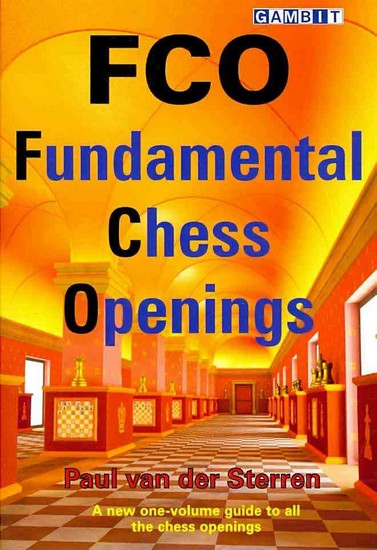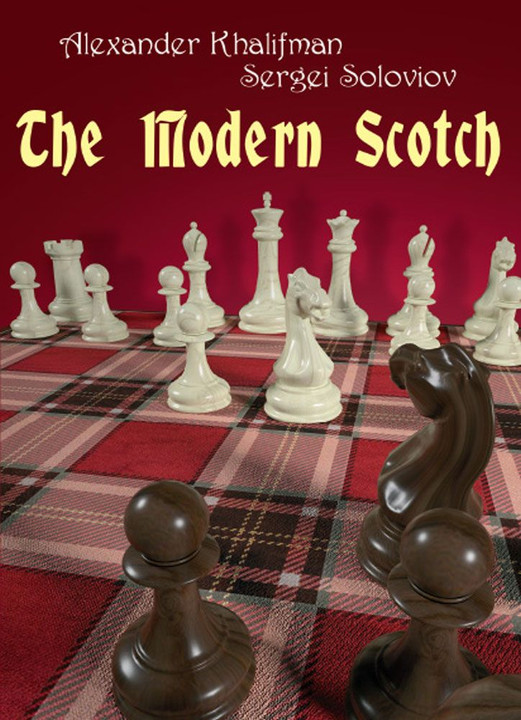

If you can add anything to the bibliography below it would be most appreciated.įogarasi, Tibor. Like Hebden, who didn't start playing the Barry until he lost to it in a game, I have since added it to my White repertoire and have collected all the analysis I can find. After the game, in which I lost to a startling kingside assault, Steve told me it was called the "Barry Attack" and so I was able to do some research on it. Not being a Pirc player myself, I naturally wanted to try 3.d5 instead.

All I knew was that I had seen Stoyko "forcing" opponents to play the Pirc (after 1.d4 Nf6 2.Nf3 g6 3.Nc3 d6) when they had been intending to play the King's Indian Defense. I had never seen any "book" analysis on it and only prepared for our encounter by looking through a few master games with Fritz.

When I first faced this line against FM Steve Stoyko in the Kenilworth Chess Club championship this past year, I didn't even know that the opening had a name. Basically, "Barry" means "rubbish" in British slang but, like the 150 Attack, it has a lot more success than might seem justified. Like the so-called "150 Attack" against the Pirc (where "150" is the British designation for a class B player), the name is intended tongue-in-cheek. First played this way by Bangledeshi GM Niaz Murshed in London during the 1980s, the line soon became popular among several strong English players, including Mark Hebden and Aaron Summerscale. The "Barry Attack" begins 1.d4 Nf6 2.Nf3 g6 3.Nc3 d5 4.Bf4 Bg7 5.e3 O-O 6.Be2 followed typically by Ne5 and h4-h5 with a kingside attack.


 0 kommentar(er)
0 kommentar(er)
